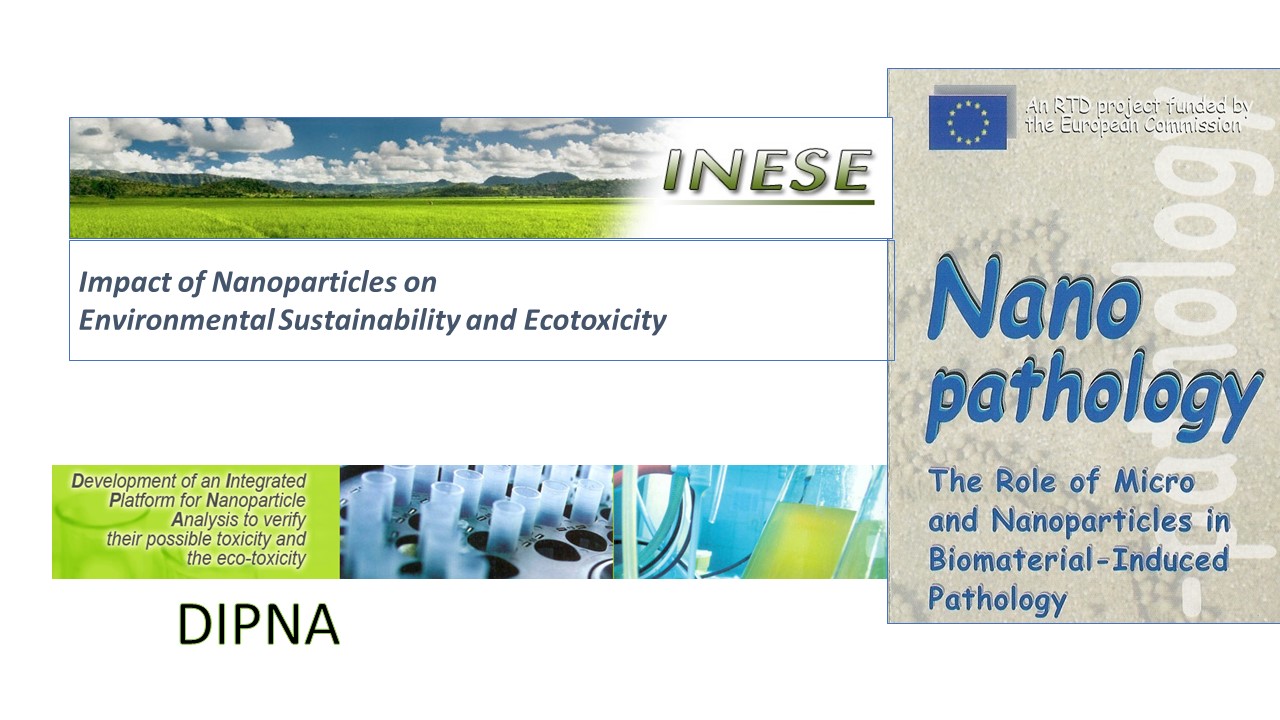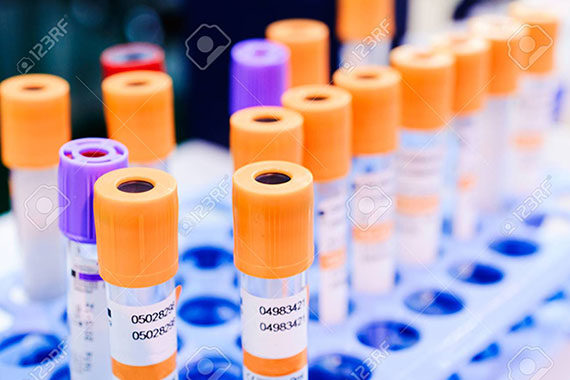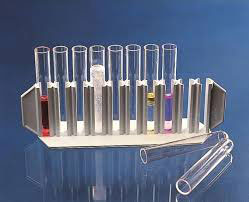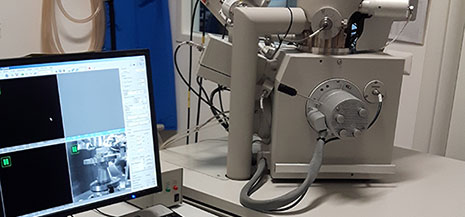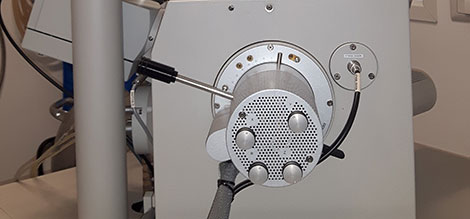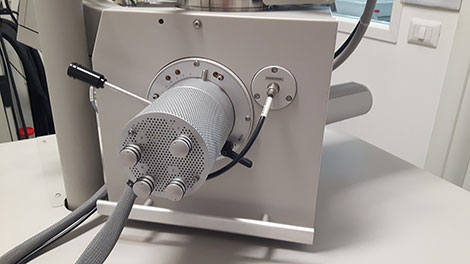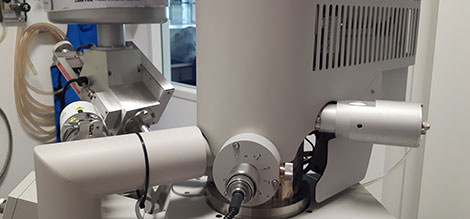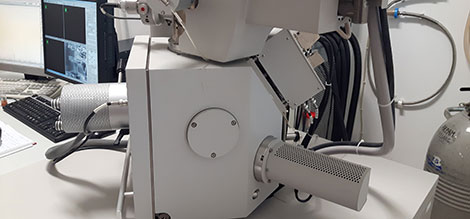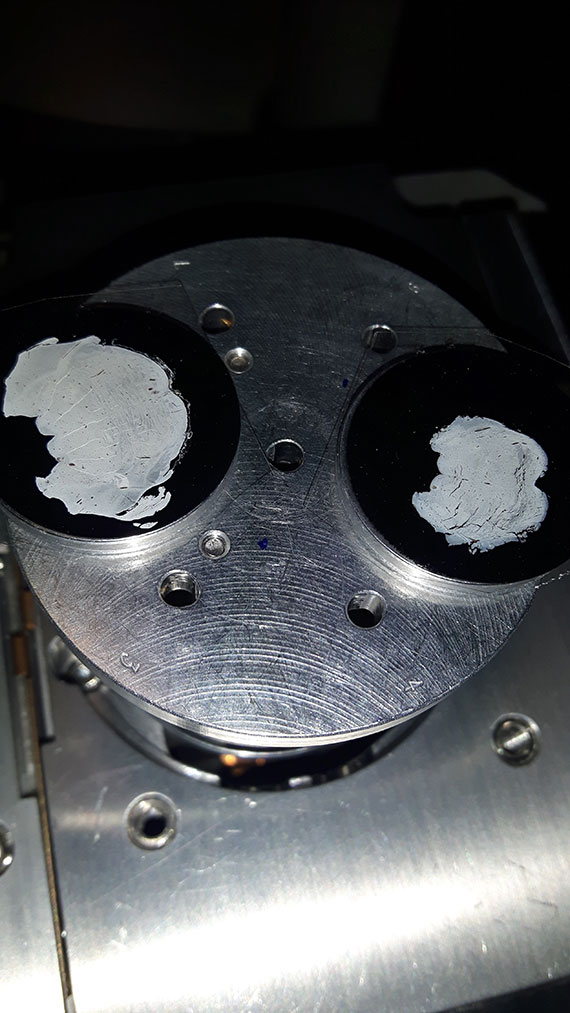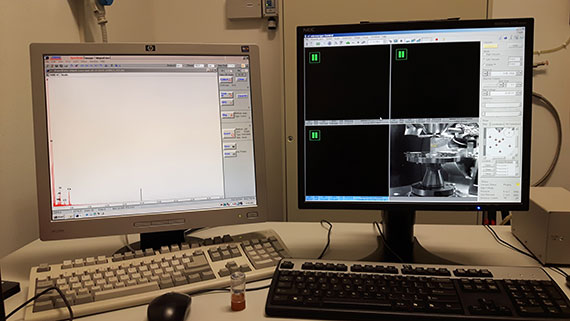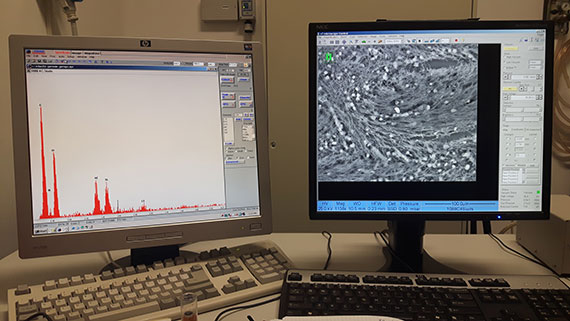Nanopathology is a new word that identifies dust-generated diseases.
Those pathologies are not caused by bacteria, viruses, parasites or anything else, but by dust that has been inhaled, ingested along with polluted food or, in any case, which has entered the body for any reason.Very fine specks of dust with a diameter often less than a micron (one micron is one thousandth of a millimeter) which, once entered, remain in the body and, carried by the blood, can reach any organ or tissue contaminating them. Nanoparticles (i.e. particles smaller than 1 micron) can overcome physiological barriers and have free access to any district of the organism, up to the cells where they can interact with the DNA, damaging it, inducing epigenetic mutations and triggering diseases that can be deadly.That dust has different origins, from natural ones such as volcanic eruptions or rock erosion to those increasingly present in the environment and far more aggressive produced by human activities, combustion in the first place.
These powders can be seen and analyzed within the pathological tissues and their origin can be identified. The following pages illustrate the pathologies that can arise.
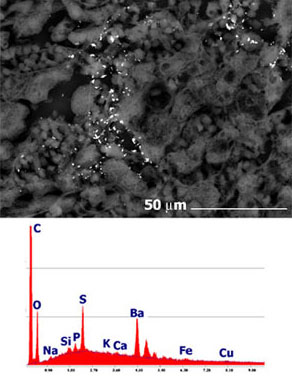
At Nanodiagnostics’ the discoverers of nanopathologieswork, who, using an electron-microscopy technique originating from two European research projects, can identify the presence of solid and inorganic micro- and nanoparticles in any matrix, from pathological tissues to foods, from drugs to objects of common use, up to environmental findings such as, for example, air and water.The written report delivered at the end of the investigation is complete with electron-microscopy images, graphs related to the chemical composition of the particles and nanopathological conclusions.The determination and characterization of the particles is fundamental to identify the origin of the pollution.This allows the elimination or mitigation of the phenomenon and the removal of the subject from the pathological source that can be constituted by a polluted environment, a particular food, a drug or something else. The possibility is also used for legal and forensic medicine applications in general.
